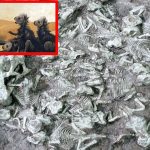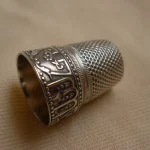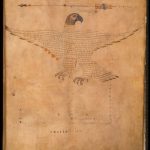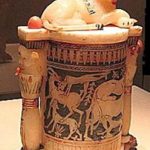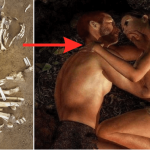Stone Animal Head from Neolithic Neolithic Göbekli Tepe, Turkey: An Evidence of Early Spiritual Artistry circa 10,000 B.C.

The recently uncovered Pre-Pottery Neolithic site of Göbekli Tepe in southeastern Turkey has astonished archaeologists and historians alike with its unparalleled architecture and art. Dating back to approximately 10,000 B.C., this site provides a fascinating glimpse into the spiritual and cultural life of early human societies. Among the myriad of artifacts discovered, a limestone animal head stands out as a remarkable testament to the artistry and symbolic depth of the Neolithic period.
Göbekli Tepe, often heralded as the world’s oldest temple complex, is characterized by its impressive circular enclosures, massive stone pillars, and intricate carvings. The site’s discovery has revolutionized our understanding of early human civilization, challenging previously held notions about the capabilities and social structures of Pre-Pottery Neolithic (PPN) communities. The architecture of Göbekli Tepe is sophisticated, with large, T-shaped pillars arranged in concentric circles, suggesting a high degree of planning and communal effort.
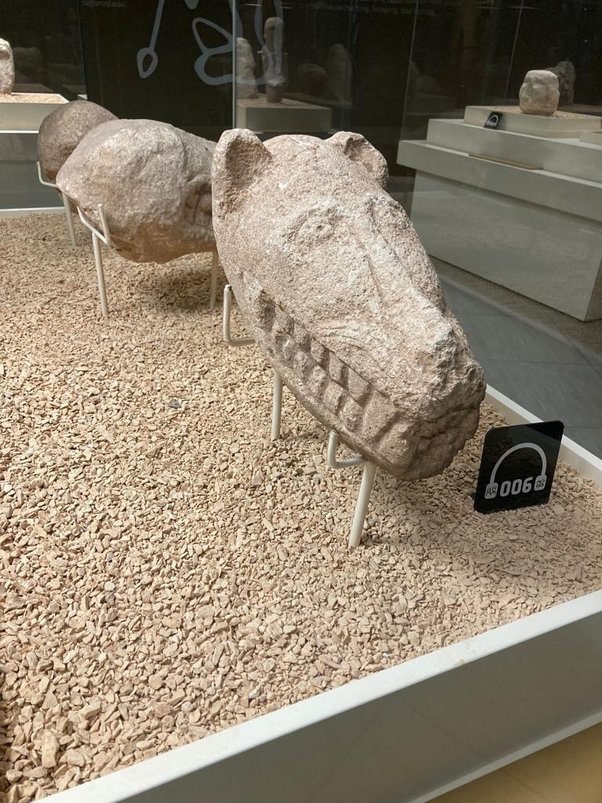
The limestone animal head, one of the many artistic treasures from Göbekli Tepe, is a poignant example of the site’s rich iconography. This sculptural piece, meticulously carved from stone, depicts an animal with striking realism and detail. The significance of such animal representations cannot be overstated, as they provide insight into the symbolic and spiritual world of the people who created them. Animals played a central role in the belief systems of PPN groups, and their depictions in art were likely imbued with profound meaning.
Animal imagery is ubiquitous at Göbekli Tepe, where numerous stone figurines, sculptures, and megalithic pillars are adorned with bas-reliefs of various creatures. These artistic depictions include foxes, snakes, boars, and birds, each rendered with a degree of precision and care that speaks to their importance. The limestone animal head fits within this broader context, illustrating the prominent role animals played in the spiritual life of the site’s inhabitants. These carvings are not merely decorative but are believed to be integral to the ritualistic and religious functions of the site.
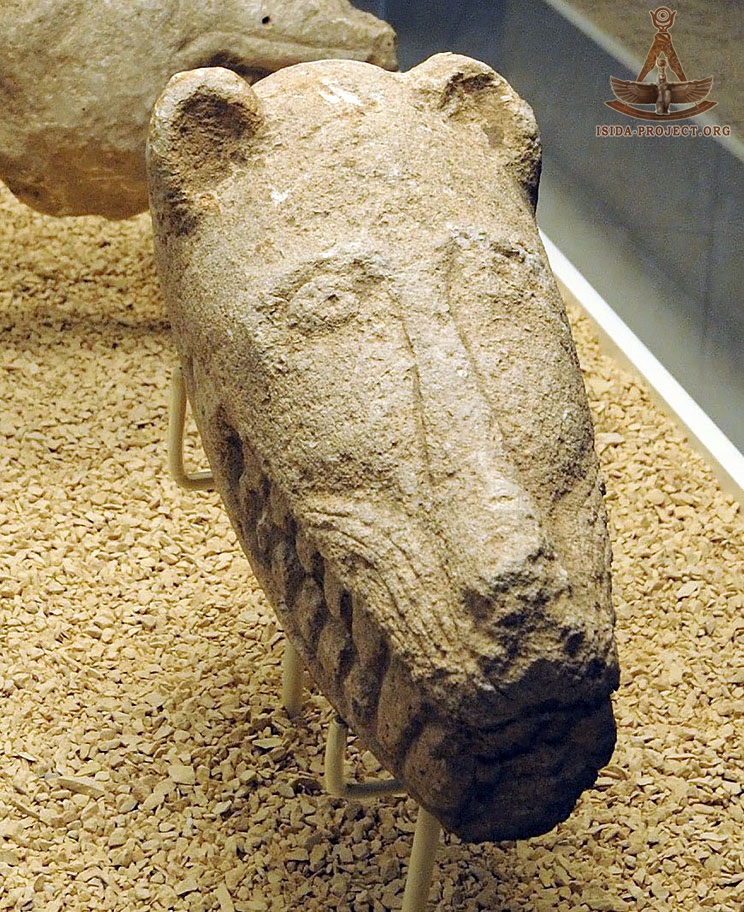
The emphasis on animal motifs at Göbekli Tepe suggests that these creatures held a significant place in the cosmology of PPN societies. Animals may have been seen as totems, spiritual guides, or symbols of certain deities and natural forces. The limestone animal head, therefore, is more than just a piece of art; it is a window into the symbolic universe of early humans. It reflects their attempts to understand and connect with the world around them, using the animal kingdom as a bridge to the divine or the supernatural.
The craftsmanship of the limestone animal head is noteworthy, reflecting the advanced skills of Neolithic artisans. The attention to detail, the smooth contours, and the lifelike features of the sculpture indicate a high level of artistic achievement. Such artifacts demonstrate that the people of Göbekli Tepe possessed not only technical skills but also a deep appreciation for artistic expression. This level of artistry challenges the conventional view of Neolithic societies as purely subsistence-based and highlights their capacity for complex symbolic thought and cultural expression.
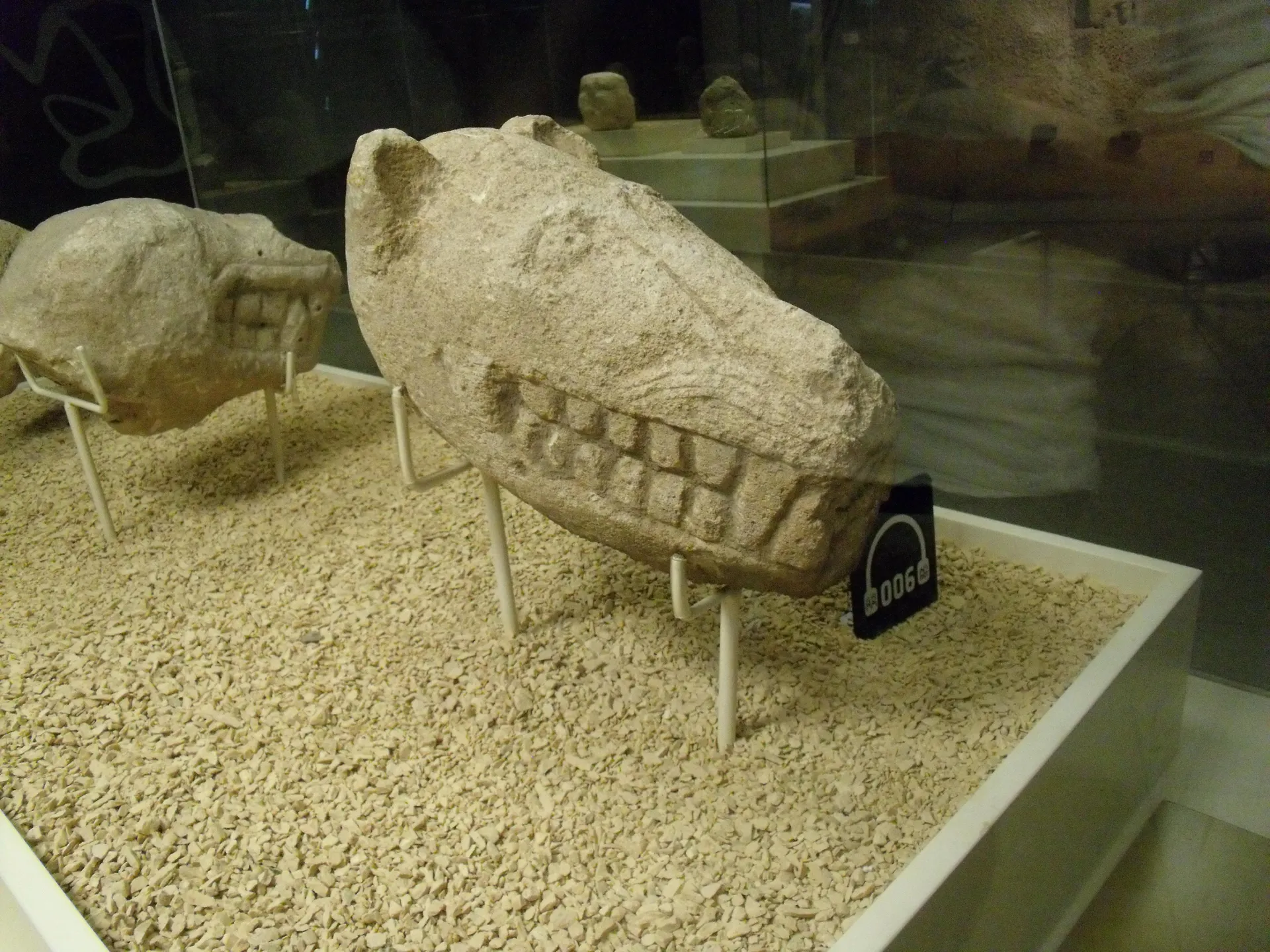
Göbekli Tepe’s discoveries, including the limestone animal head, have profound implications for our understanding of human history. They suggest that the roots of religious and spiritual practices extend far deeper into prehistory than previously assumed. The site’s monumental architecture and intricate artworks imply that organized religion and communal rituals were central to these early societies. This challenges the traditional timeline of the development of complex religious structures, which were often thought to have emerged later, in tandem with the rise of agriculture and settled communities.
In conclusion, the limestone animal head from Göbekli Tepe is a remarkable artifact from a site that continues to reshape our understanding of the Neolithic period. Its detailed craftsmanship and symbolic significance offer valuable insights into the spiritual and cultural life of Pre-Pottery Neolithic human groups. As researchers continue to study Göbekli Tepe, artifacts like this limestone head will undoubtedly play a crucial role in unraveling the mysteries of early human civilization and the profound connections between art, spirituality, and community in our distant past.
